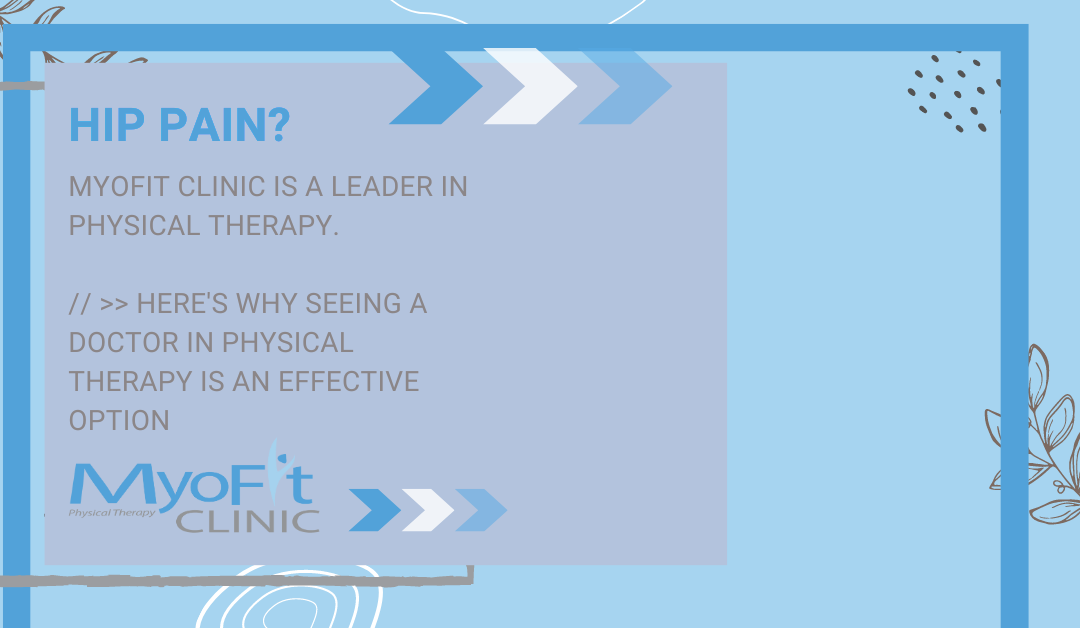A significant number of my patients come to see me because of severe hip pain that is making every step an ordeal. It makes its presence known when they are sitting down to rest and it interrupts their sleep.
It is not surprising that our hips act up at different points in our lives. After all, the hip joint is one of the hardest-working parts of your body from the time you are born right into your senior years.
Tight muscles often behind hip pain
A common cause of chronic hip pain is sciatica, which can be the result of tight muscles in the back part of the hip that results in compression on the sciatic nerve located as it exits the hip. Sciatica is characterized by severe pain that radiates right down the back of the leg only.
Tight hip flexors are a problem, especially in people who are required to sit for most of the day at their jobs. The hip flexors, which are in the front of your leg, are kept in a prolonged shortened position and your glut muscles are inactive. When you suddenly need them to jump into action, they may resist.
How your Doctor of Physical Therapy can help
When your hip pain brings you to a Doctor of physical therapy, the first step is to determine the cause, and then quickly decrease or eliminate the pain. The second step, which really happens simultaneously with the first, is to increase your hip’s range of motion and strength, and finally, to get it back to normal so you can move freely without pain.
I often find that the patient sometimes isn’t even sure if the pain is emanating from their hip. They may feel pain in their low back, their groin, the side of their hip, or in their buttocks. By putting our patients through a series of simple diagnostic tests, we are able to isolate the source of the pain and rule out a number of possibilities and provide immediate conservative effective treatment.
Potential treatment plans
In just about all cases, specially prescribed therapeutic mobility treatments and manual hands-on therapy, which can include stretching the hip joint muscles and mobilizing the joint capsule can increase flexibility improving range of motion sets the stage for strengthening of the hip which is key to eliminating future pain.
If your hip pain has been occurring for years it can still be managed easily and effectively through conservative physical therapy services with a licensed Doctor of Physical Therapy.
